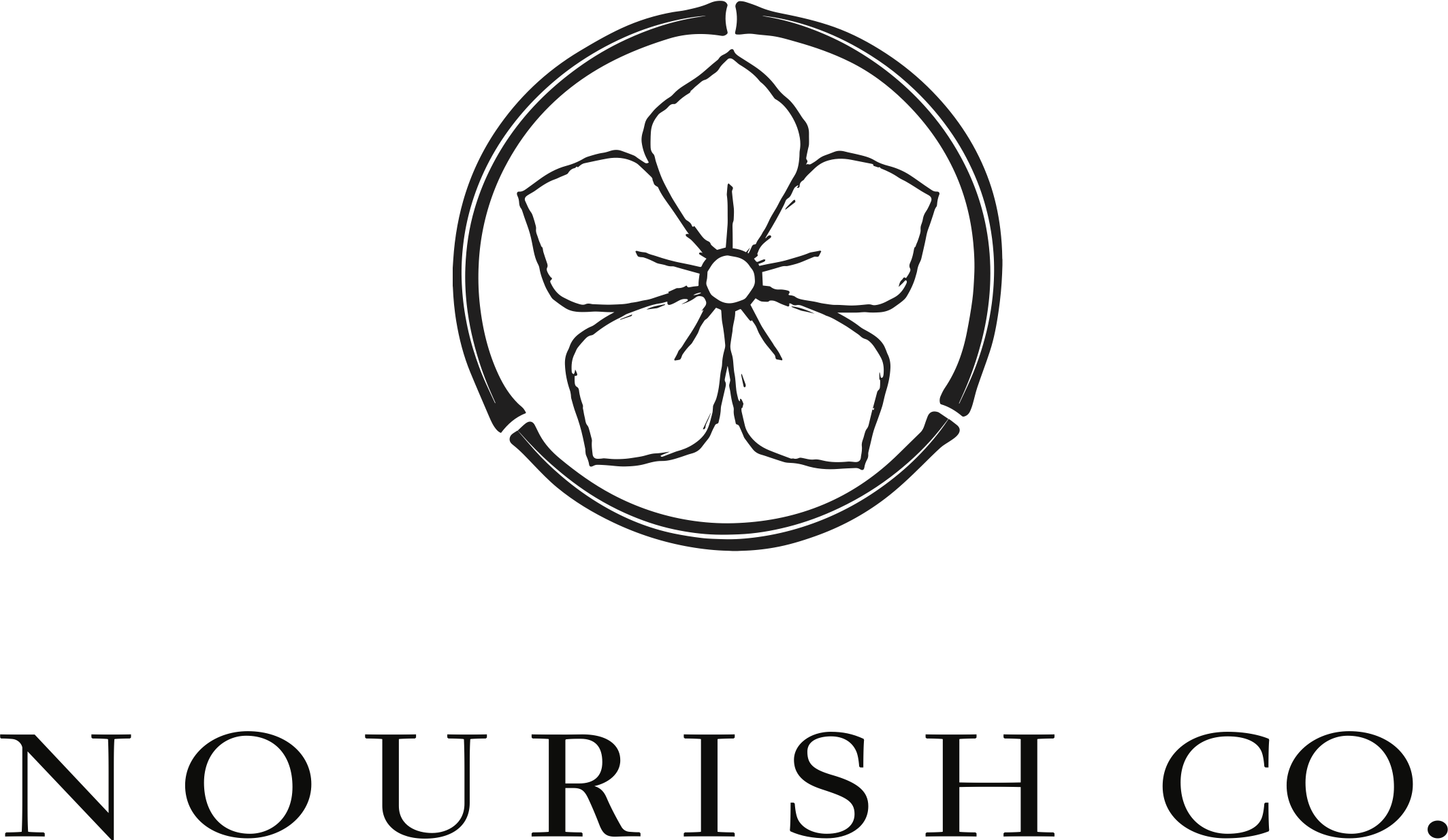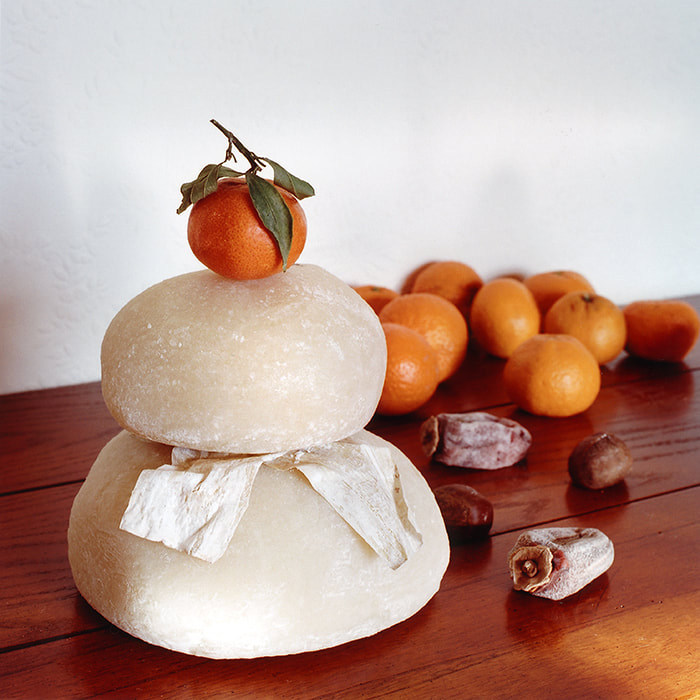Japanese New Year お正月 in San Francisco
*Photo by Laurel Street Kitchen
After returning from Japan, I've been feeling especially inspired to pull out all the stops for a nourishing Japanese New Year (January 1st) in San Francisco. Whether you're Japanese, Japanese-American, or want to add a bit of Japanese culture into your New Year's Day this year, below are my top local resources and events...
*Photo by Aya Brackett
Kagami Mochi 鏡もち (Mirror Mochi Cakes)
Starting December 27th through New Year's, Japantown's Benkyodo pauses selling their famous hand-made sweet manju and spends the days leading up to New Year making ko mochi and kagami mochi. Benkyodo is Japantown's last remaining mochi shop, and I'm excited to purchase my first ever kagami mochi, made from real mochi (as opposed to the plastic kind that you can get at the Japanese market). Formed from two round cakes of mochi, it's called "mirror mochi" because it resembles old-fashioned copper mirrors. The two mochi cakes represent the coming and going of years, and the dai dai (small bitter orange with attached leaf) symbolizes the continuation of a family from one generation to the next. Place your order now via phone, while you still can!
Joya no Kane 除夜の鐘 (Bell Ringing)
One of the most important rituals of the year for many Japanese Buddhist temples is joya no kane, the ringing of a bell 108 times. The significance of the number is related to the 108 mortal desires in Buddhism (bonnou), and each striking of the bell will remove each bonnou from participants. San Francisco's Asian Art Museum has a giant, 2,100 pound, 16th-century bell from a Japanese temple, and this year marks the 32nd anniversary of joya no kane at the Asian Art Museum. Be sure to arrive by 11:30am on New Year's Eve to Samsung Hall in the Asian Art Museum to get a chance to ring the bell. This ritual is the perfect opportunity to leave your old self behind in 2017 and start 2018 with clarity!
Mochitsuki 餅つき (Mochi Pounding) and Hatsumode 初詣 (First Temple Visit)
On December 30th from 7am to 1:30pm, the Konko Church of San Francisco will hold their annual mochi pounding event, which is open to the general public. From 8am-9am on New Year's day, you can visit and make personal prayers and requests for Hatsumode. Information for both events can be found here.
Sake 酒
On New Year's morning, once the family has gathered, it's time to drink sake and dine on the most important meal of the entire meal. The traditional sake to drink is O-toso, a sake that's been steeped with Chinese medicinal herbs. It's difficult to find here, so I just purchase an extra special bottle. My favorite sources for sake in San Francisco/Oakland are Umami Mart in Oakland, Sequoia Sake and True Sake. Luckily, I live up the street from America's first sake shop, True. While we won't be drinking traditional O-toso, I'm excited to use our special Japanese New Year sake set we just purchased in Japan.
Osechi Ryori おせち料理 (Traditional Japanese New Year Foods)
Only the best ingredients are used for osechi and each dish has a significant meaning, offering good luck for the coming year. Many of the dishes are on the sweeter side, since osechi traditionally consists of preserved foods that will last a family for the first few days of the New Year. Stores are closed and people rest from all work, including cooking during the beginning of the year. You can place your osechi order now at Nijiya Market in Japantown and pick it up when they open at 10am on New Year's Day. While I'll be attempting to make most of my own osechi this year, I'll likely round it out with a sushi or sashimi platter from Nijiya. For more information on osechi and recipes to make your own, check out JustOneCookbook, one of my favorite Japanese cooking blogs.
Extra Special Ingredients
For the most important meal of the year, why not use the very best ingredients? My go-to for the best Japanese ingredients is The Japanese Pantry. I'll be making my New Year's dashi with their Ma Konbu. plus some dried shiitake from local mushroom shop Far West Funghi). I'll also be using their organic unpasteurized soy sauce and organic golden sesame seeds. If you're attending a holiday dinner or Japanese New Year breakfast, a great gift for the host is this beautifully packaged Mitsuboshi soy sauce.
New Year's Festival
If you're out of town for the other events I've listed, the JCCCNC in Japantown is throwing their annual New Year's Festival on Saturday, January 6th. It's the perfect Japanese New Year event for children, since there are games, crafts and more mochi pounding! And, it's free!
While I will miss my family and my mother's homemade mochi, I'm so looking forward to spending New Year's in San Francisco this year. If you know where to purchase a kadomatsu arrangement, know about other mochitsuki events or know where to purchase tososan or O-toso in San Francisco, please let me know!
Wishing you a happy, healthy and prosperous 2018.



